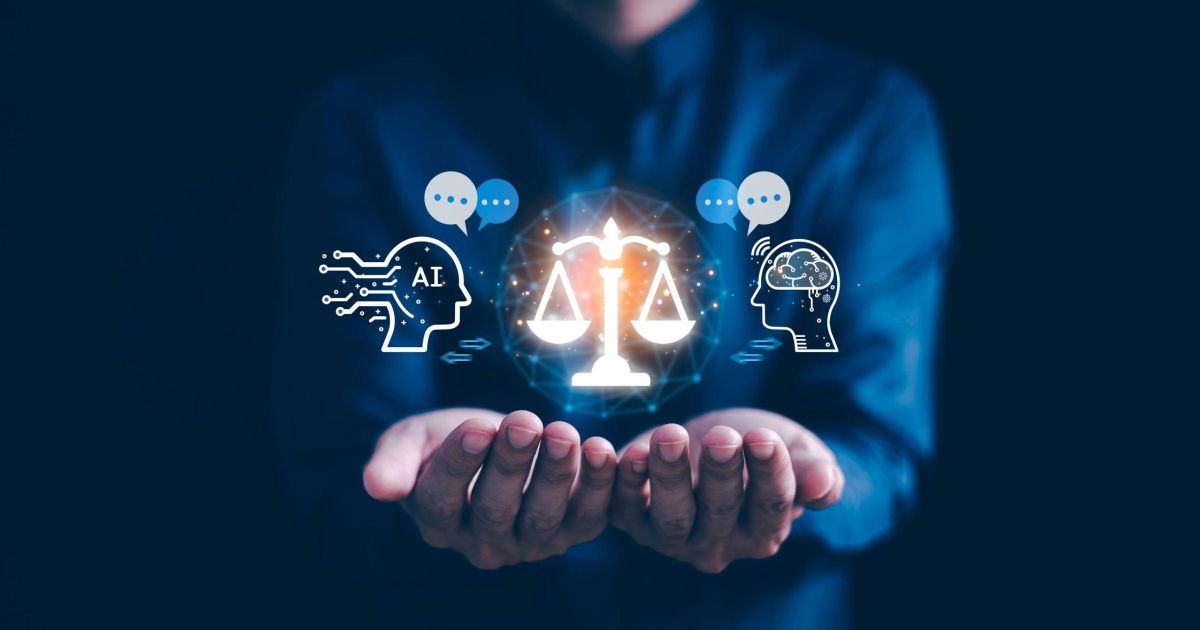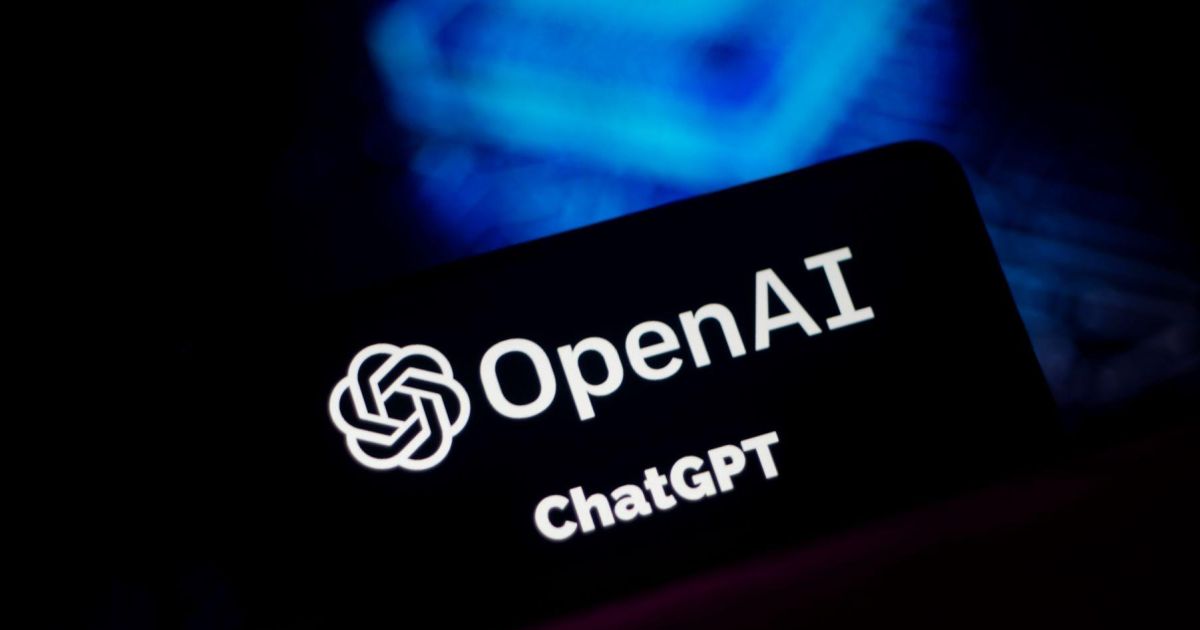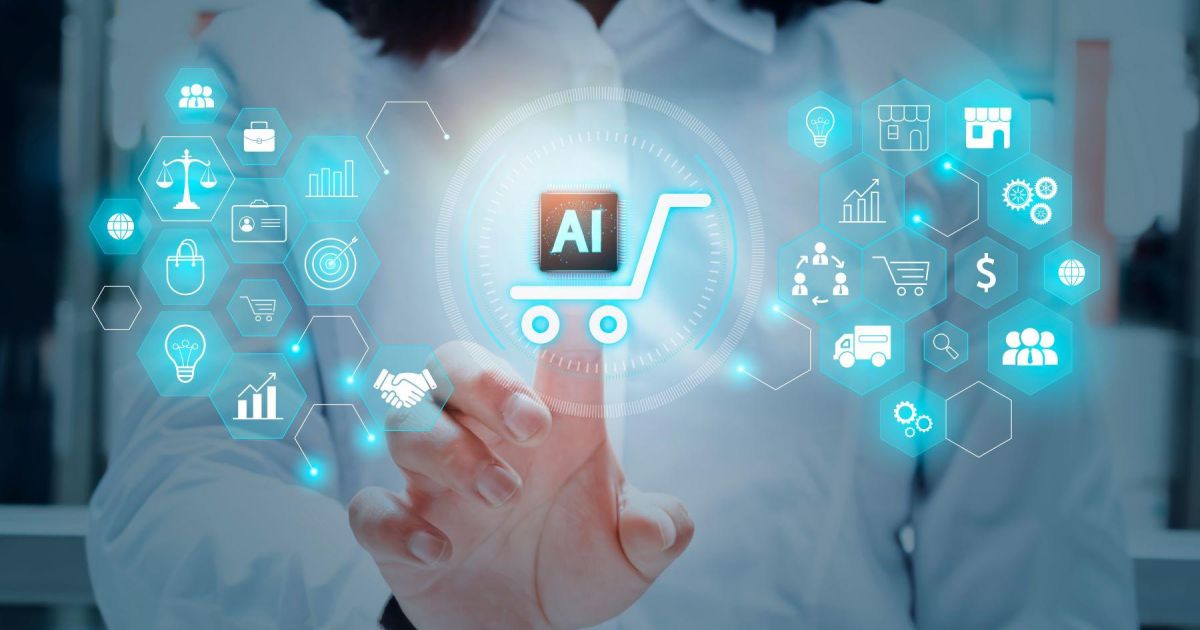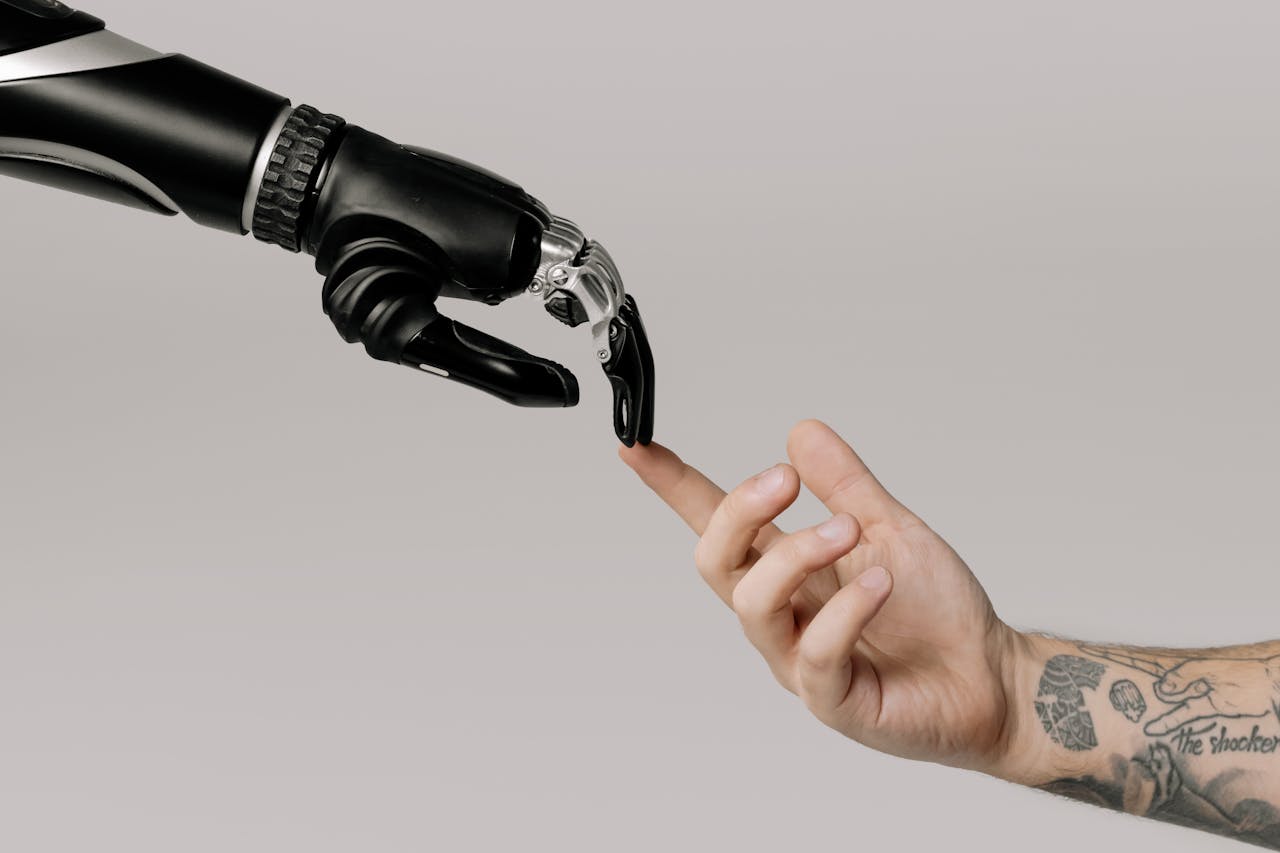In the minds of many, emerging technologies are supposed to be our lifeline to combat the climate crisis. However, it’s becoming increasingly clear that the rapid development (and adoption) of AI poses as many environmental problems as it solves.
This was the message brought by Sasha Luccioni, a founding member of Climate Change AI (CCAI), at C2 Montréal last May.
“There’s a disconnect between the positive work we’re doing and its real cost,” he says. “We often hear about tons of carbon dioxide avoided thanks to AI or that we’re optimizing processes to produce more green cement… But the real cost of all this is largely overlooked. The problem with AI is that we often use it on our phones or laptops. We interact with it, but in reality, it’s running in places where we aren’t.”
Until now, the issue of the massive servers used to operate various generative AI models hasn’t been widely discussed. Luccioni highlights the existence of the Data Center Alley in Virginia, which supports 70% of Internet traffic. The location is near a large river to cool the servers, but it’s also powered by non-renewable coal energy.
“AI is becoming a focal point in terms of energy consumption and natural resource use, but it’s far from us, so we don’t really see these impacts. How much carbon dioxide does a search on ChatGPT produce? It’s so difficult to answer that question because it depends on where the server is located, the number of queries executed, etc. Right now, there’s no transparency on this matter.”
The Confession That Stings
Faced with this problem, ChatGPT co-founder Sam Altman himself acknowledged in January that the technological transformation he initiated now poses energy challenges, stating that the energy sector needs a “revolution” to power AI models sustainably.
In summary, we need AI to solve the climate crisis, but first, to use AI, we need to find renewable energy sources. It’s a bit of a circular problem.
“Because ChatGPT has dominated our imagination for the past two years, we’ve started to think that generative AI is the solution to all problems,” Sasha Luccioni also notes. “But honestly, generative AI is designed for cases where you want to create new things. If you want to find existing information, which is typically the case when searching the Internet, you don’t need to use generative AI.”
She gives a very concrete example with the Perplexity platform. If the application works so well for searching information, it’s because it has integrated known and mastered search techniques into its algorithmic model. In this case, AI merely “formats” the answers.
Choosing the Right Models
Among the solutions being considered, some suggest slowing down the race among major tech players to offer the most powerful model for all use cases. A Google search, even today, should solve 99% of the questions Internet users have.
Similarly, companies don’t always need a vast model to solve highly specific industry problems. Will we see smaller generative AI models appear on the market? The answer will unfold in the coming months.
Discover our trainings :
 training.isarta.com
training.isarta.com  training.isarta.com
training.isarta.com  training.isarta.com
training.isarta.com 







